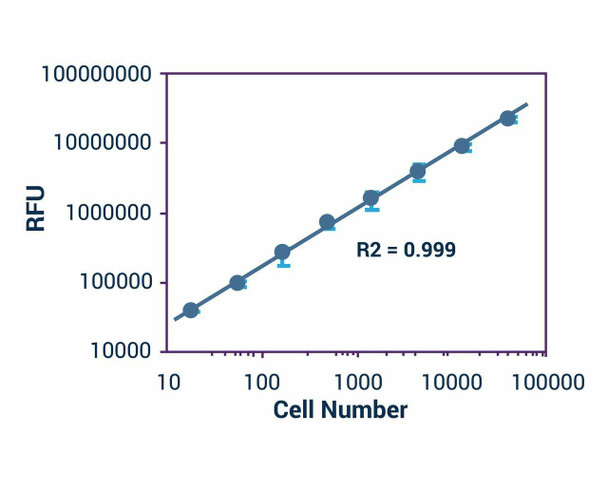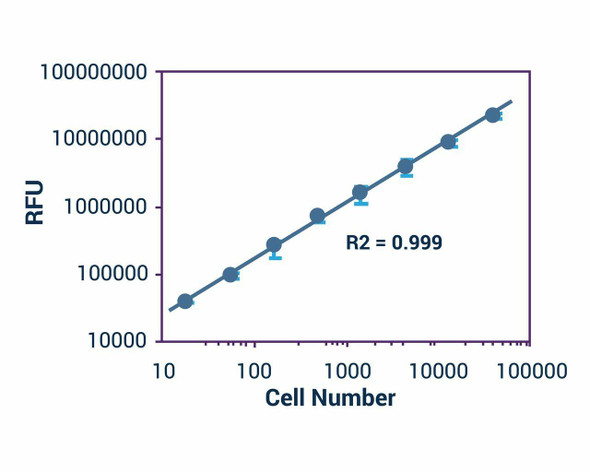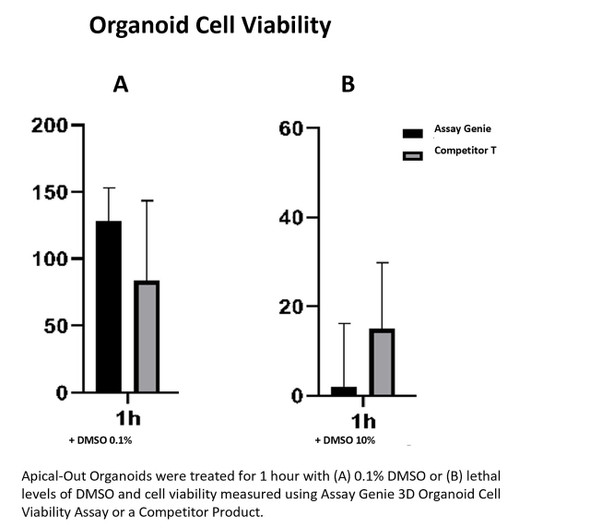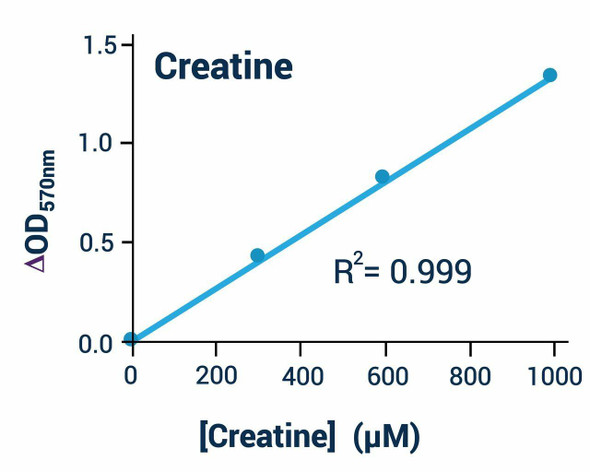Cell Viability Assay - Information
Cell Viability Assay Kit (Colorimetric/Fluorometric) reagent has been optimized for maximum sensitivity, reproducibility and long shelf-life. The homogeneous cell-based assay can be performed in multi-well plates. The reagent is compatible with all culture media and with all liquid handling systems for high-throughput screening applications in 96-well and 384-well plates. Applications include cell proliferation, cytotoxicity and apoptosis.
Applications
Homogeneous assay for cell viability, proliferation, cytotoxcity and high-throughput screen for anticancer agents.
Cell Viability Assay - Key Features
- Safe. Non-radioactive assay (cf. 3H-thymidine incorporation assay).
- Sensitive and accurate. As low as 100 cells can be accurately quantified.
- Time efficient. High-throughput assay in 96-well and 384-well plates allows simultaneous processing ten of thousands of samples per day.
- Homogeneous and convenient. A single reagent and "mix-incubate-measure" type assay. No wash and reagent transfer steps are involved.
- Robust and amenable to HTS. Z' factors of 0.6 to 0.9 are routinely observed in 96-well and 384-well plates. Can be readily automated on HTS liquid handling systems.
Cell Viability Assay - Data Sheet | |
| Includes | Catalog # Size (assays) Reagent BA0002 5,000 50 mL BA0003 10,000 100 mL BA0004 500 10ml.Control Reagent (Cat # BA0005): 50 mg saponin (to be ordered separately). |
| Method of Detection | FL530/590nm |
| Detection Limit | 100 cells |
| Samples | Cell culture |
| Species | All |
| Protocol Length | 1-5 hrs |
| Size | 10000 tests |
| Storage | The Blue reagent is light sensitive and should be stored in the provided amber bottle at 4°C. The Control Reagent is stable at -20°C. |
| Shelf Life | 12 months |
More Details
This homogeneous assay involves simply adding a single reagent, the colorimetric/fluorometric Cell Viability Assay Kit reagent, to the cell culture and measuring the fluorescence intensity (excitation wavelength = 530 - 570 nm, emission wavelength = 590 - 620 nm) after an incubation step.








